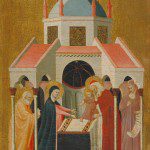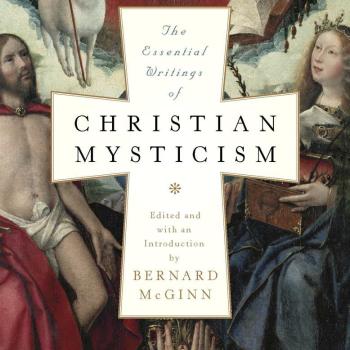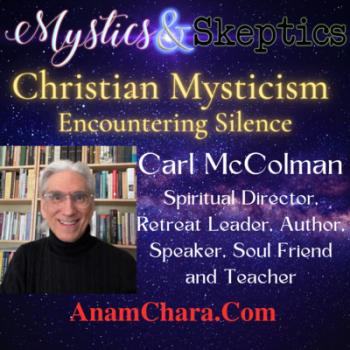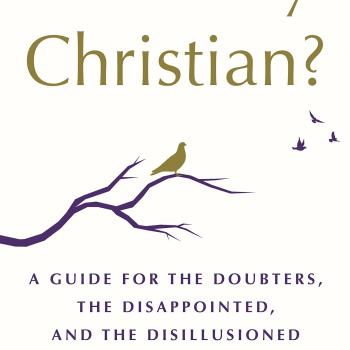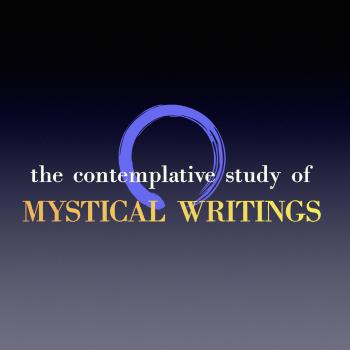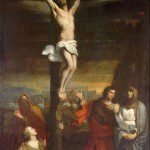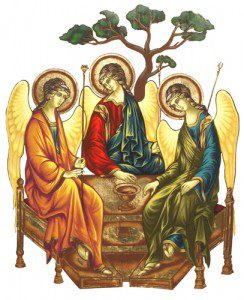
For a long time now, I’ve been fascinated by people who self-define as “spiritual but not religious” (or “spiritually independent,” or “none” or some variation thereof) — in other words, people who see the Church or “institutional religion” as overly legalistic, spiritually stifling, hidebound, more concerned with enforcing morality than seeking enlightenment. I don’t speak out of judgment, for at times in my life, I’ve been there myself.
Part of what fascinates me is how many SBNR folks, despite their dislike of Church, nevertheless adore the mystics.
I once got into a fascinating discussion with a man involved in ceremonial magic who saw St. John of the Cross as a spiritual master. I asked him if he had heard of Meister Eckhart, and his face lit up. He may not have cared much for papal encylicals or catechisms, but he knew his mystics.
The popular new age author Carolyn Myss wrote a book about St. Teresa of Avila’s Interior Castle. In fact, you can visit the large new age bookstore here in Atlanta, and it has a modest but clearly visible “Christianity” section, where you can pick up the writings of Hildegard of Bingen, Julian of Norwich, and Pierre Teilhard de Chardin.
Indeed, some Christians (particularly among conservative evangelicals) point to the fact that new agers revere the mystics as evidence that the mystics themselves are dangerous! Which strikes me as another variation of denouncing Jesus because tax collectors and prostitutes followed him (a criticism which led Jesus to wryly remark that doctors treat sick people, not healthy ones).
The Mystics Love the Church!
But what also fascinates me is this: the great Christian mystics of the past — up to and including Thomas Merton, as well as living contemplatives like Richard Rohr or Thomas Keating — almost always regarded faith community as an essential part of the spiritual life.
In other words, SBNR folks might love the mystics, but the mystics themselves were not SBNR — far from it!
Julian of Norwich insisted that all of her visions pointed to accepting everything that Holy Mother Church teaches. This is significant because Julian’s writing could easily be misinterpreted as promoting universalism (the idea that everyone automatically gets saved). Julian herself insists that she is not in any contradicting Church teaching, even though she also admits she struggles with the doctrine of hell (something I think any compassionate person would struggle with).
Meister Eckhart, when accused of heresy, insisted that he might be guilty of error, but never heresy. An error could arise because of a fault in his thinking, whereas heresy (deliberately rejecting church teaching) requires a defect of the will. In other words, Eckhart is saying “I may not be right all the time, but I’m always committed to being a faithful member of the Church.”
Two Questions…
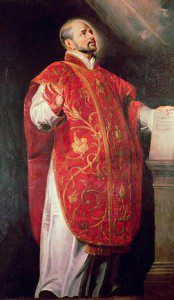
So two questions come up for me. First, why do people who don’t love the Church, love the mystics? And second (and more important), why do mystics love the Church?
I think mystics (and mysticism) appeal to the spiritual-but-not-religious seeker because, after all, mystical spirituality is so real, authentic, genuine. Reading the mystics is inspirational, in the best sense of the word. They truly point to the breathtaking possibility that we can find enlightening truth, illuminating joy, profound intimacy and even union with God. That’s heady stuff, and no wonder those who seek to find their own spiritual center would be drawn to it.
Furthermore, mysticism — not Christian mysticism, but mysticism in general — can easily be interpreted, or misinterpreted, especially in our culture — as a solitary spiritual pursuit. The pagan mystic Plotinus described the spiritual life as “the flight of the alone to the Alone.” Since we live in a Lone-Ranger culture that practically idolizes individualism, it’s easy for people immersed in our culture to ignore the communal, social, ecclesial (i.e. church-centered) nature of most orthodox Christian mysticism. They just look for all the “alone-to-the-Alone” stuff and ignore the rest.
But that’s sloppy scholarship. We need to let the mystics speak for themselves, and again and again, they argue for a spirituality where “love your neighbor” is as important as “love God.” In other words, a spirituality where the community matters as much as solitude.
So on to our second question: Why do mystics love the Church? To answer this, let’s look at Karl Rahner, the acclaimed 20th century theologian who also was very much a mystic of his time. In an essay reprinted in Karl Rahner: Spiritual Writings, the author — speaking in the voice of St. Ignatius of Loyola, the 16th century mystic who founded the Society of Jesus — talks about why great spiritual teachers love the church, even if they maintain a critical perspective on it.
Truly, I am not ashamed of this allegiance to the Church. Once converted, I wanted to serve the Church with my whole life, although even this service was for God and for humanity, not for a self-seeking institution.
In other words, when Ignatius (and, by extension, Rahner) served the Church, he was serving God and humanity through the community of faith, and not simply submitting to an institution.
Rahner goes on…
The Church has infinite dimensions, because it is the community, filled with God’s spirit, of people who have faith, who are pilgrims in hope, who are loving God and humanity.
Church people may not be perfect (indeed, they/we most certainly are not), but they/we are united in love for God, which makes this Church a community worth participating in.
But you would totally misunderstand this allegiance to the Church that I had were you to take it as an egocentric love of power, fanatically setting ideological boundaries and leaving conscience defeated, or as an identification of myself with a “system” that had no reference to anything beyond itself.
The author goes on to insist that his love for the Church was motivated by a desire to love, serve, and help others. He continues:
All love for this institutional Church would be slavery to idols, complicity in a horrendous self-centered and self-enclosed system, if it were not inspired and informed — and limited — by this desire. But this also means (and the history of my mystical journey bears this out) that love for this Church, however unconditional in a certain sense it may have been, is certainly not the be-all and end-all of my existence… but a derived reality, originating in immediacy to God, and depending on this intimacy for its import, its limit, and its nature…
In other words, a mystic loves the church always as an outgrowth of his or her response to the love of God. Otherwise, the Church could become an idol (and I suspect many SBNR folks reject institional religion because they see how many of the institution’s most ardent defenders are, in fact, idolizing it, rather than truly worshipping God).
Rahner, still speaking as Ignatius, finally offers a mystical approach to the Church, saying this his love for the Church grew out of the Church’s spiritual nature as the Mystical Body of Christ.
It was in this mystical union of God with the Church — for all that the two are radically to be distinguished — that the Church was and remained for me transparent to God, and the specific place of this ineffable relationship I had to the eternal mystery.
Rahner goes on to make an intelligent argument for why a person can disagree with, or criticize, the Church, while still remaining a loyal member of it (which reminds me of one of my favorite books, Philip Kaufmann’s Why You Can Disagree and Remain a Faithful Catholic).
The Bottom Line
Rahner’s viewpoint may not represent every mystic in Church history (the mystics are a notoriously non-uniform bunch). But he certainly gives us plenty of thought. Here is a summary of what I see are his most important points:
- For a mystic, participation in (and obedience to) the Church is an expression of a prior and higher love: the response to the love of God.
- The love of God impels us to love our neighbors, and the Church is the place where we can put both “love of God” and “love of neighbor” into action.
- Mystics never see the Church as a “closed system,” but always as an “open system” anchored in the freedom of the love and presence of God.
- The Church is not perfect! Mystics recognize this, and understand that they can criticize the Church: that doesn’t make them less loyal; in fact, their loving criticism may actually be an expression of how deeply loyal they are.
- Mystics celebrate the Church as Christ’s Mystical Body, but also understand that there is a distinction between God and Church: and that distinction allows them to both love the Church and maintain healthy boundaries in relation to it.
As I read Rahner, it struck me that, for a Christian mystic, participation in the faith community (in some form) is a natural outgrowth of the love of God. So when SBNR folks say they want nothing to do with organized religion, but they still are drawn to the mystics, I want to encourage them to read the mystics and to study their teachings. I think the more seriously someone takes the mystics, the more likely God will use mystical wisdom to draw that person into the imperfect love that characterizes the earthly/mystical Body of Christ.
Enjoy reading this blog?
Click here to become a patron.



